Imagine being able to experiment with painting your motorcycle tank and/or parts with different colors and if you dont like those colors you can erase them. Well thats what Plasti Dip is! Think of it as paint thats removable after youve applied it.
Plasti Dip is a rubberized coating that you apply like paint to your motorcycle tank, chrome parts—or anything else you want to add color to, blacken out, or change its color. Plasti Dip is peel-able, flexible, insulating, and it non-slip. The best part is, if you dont like it, you can just peel it off as it does no harm to the surfaces it is applied to.
So why is it called Plasti Dip? Well, originally, this product was used for tools with no grips or insulating qualities. Youd “dip” the grip end of the tool into the Plasti Dip to provide an insulated grippy “handle” for the tool. These type of dips are still available, but what really intrigues me is the aerosol spray cans of Plasti Dip available in every color of the rainbow including neon versions. Standard colors have a flat finish unless you add a coat or two of the companys Glossifier. Theres also a coating available called Metalizer that adds a shimmering metal affect to the color its applied over.
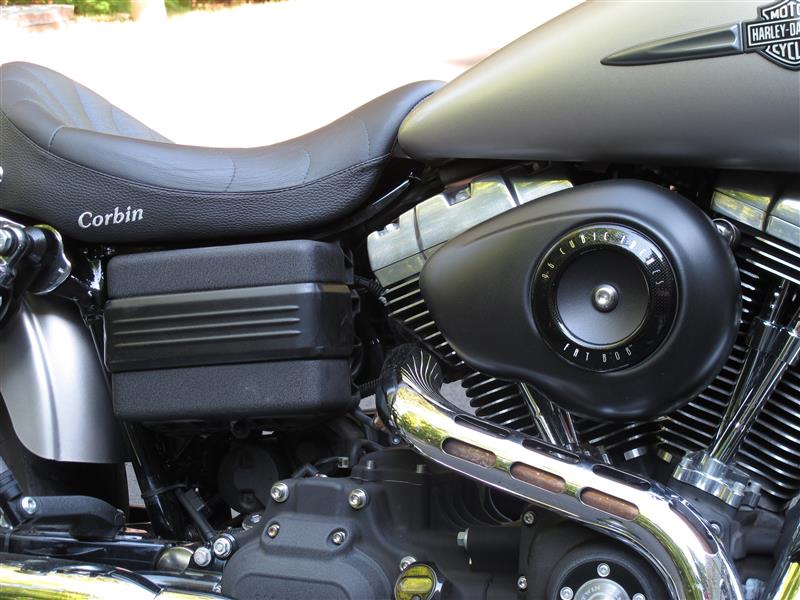
For most of us do-it-yourselfers, the spray paint can version is the way to go for small parts applications. I decided to give the Plasti Dip basic flat black (#11203-6/$8) and Glossifier (#11212-6/$8.84) spray cans a try. If you want to Dip a color, you’ll still want to use either the flat black or white (depending on your project) as an undercoat.
I chose an easily accessible part on my Harley-Davidson Dyna Fat Bob for my trial Dip. It went so well I began dipping more and more parts, blacking out most of the chrome on the bike. Of course, you dont want to apply Dip to any parts that move (fork legs) or get hot (engine, exhaust). “Dipping” actually becomes a strange addiction and there are lots of YouTube videos posted by other “Dipheads” with the same disorder.
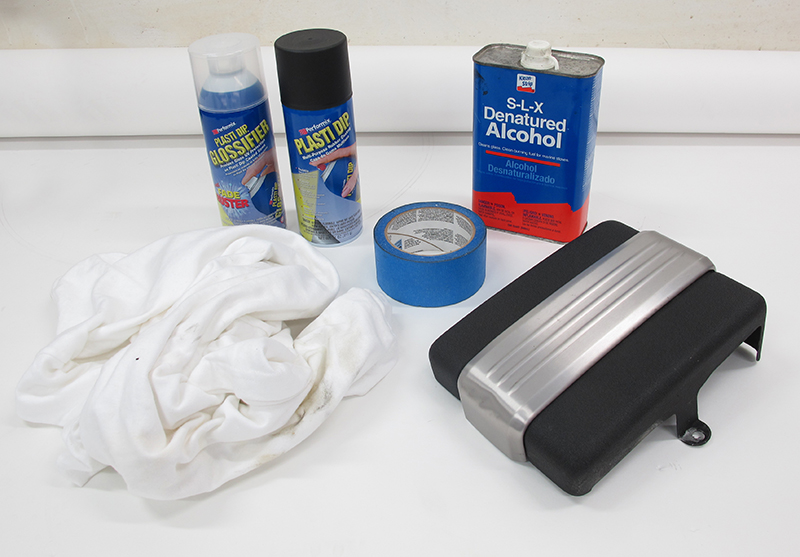
Prepping whatever you want to dip only involves cleaning. There’s no need to scratch or sandblast the surface like when youre doing a regular paint project.
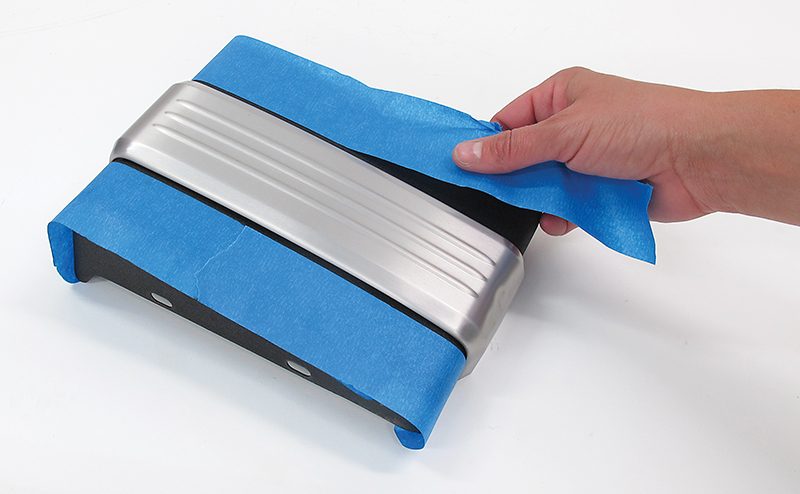
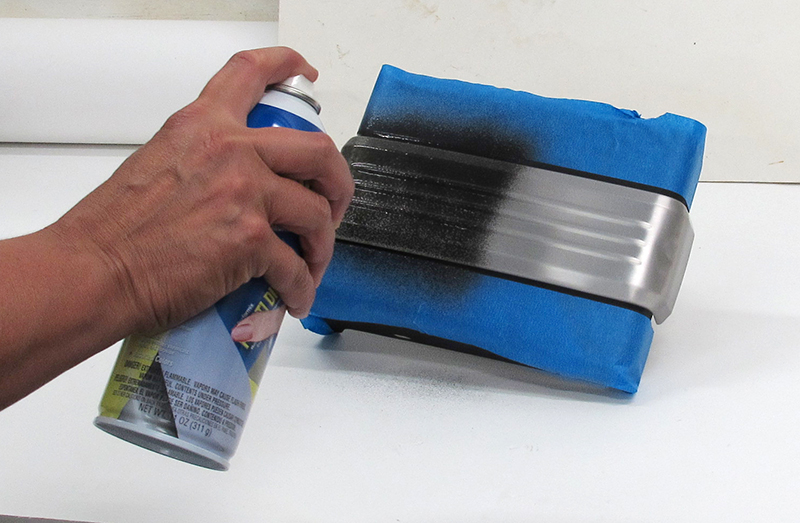
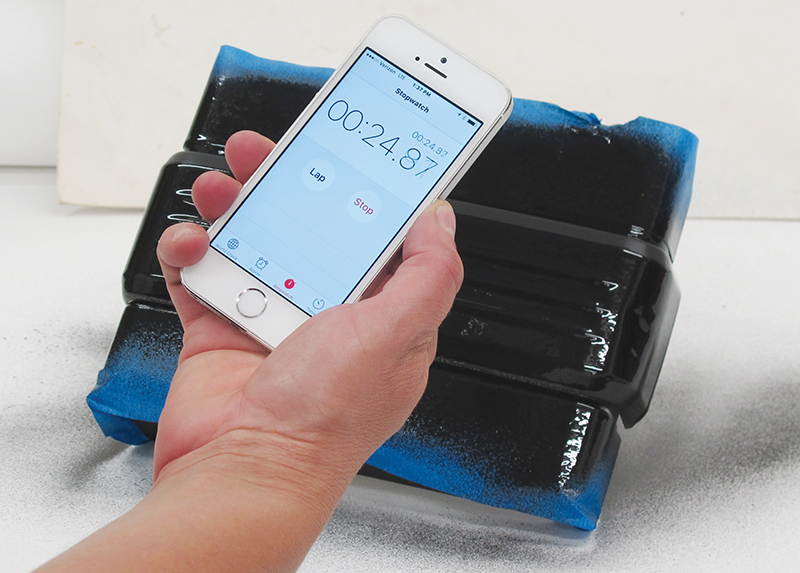
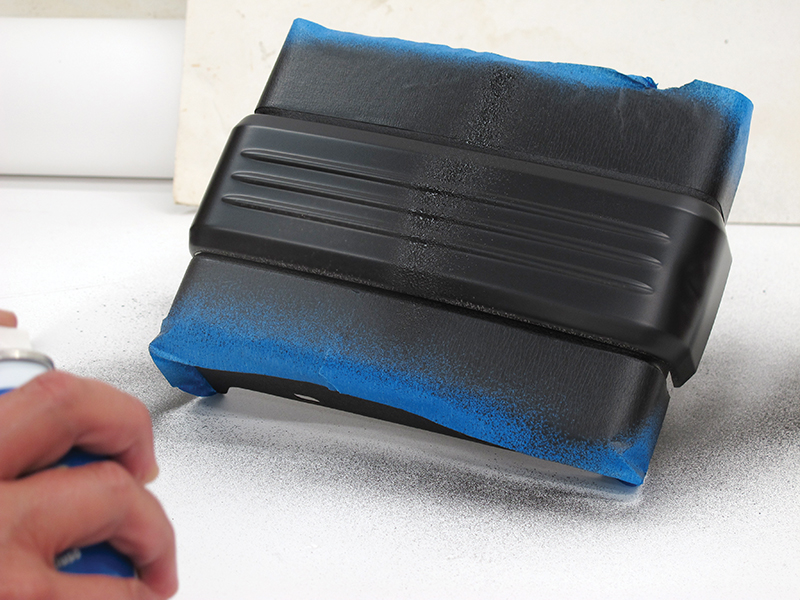
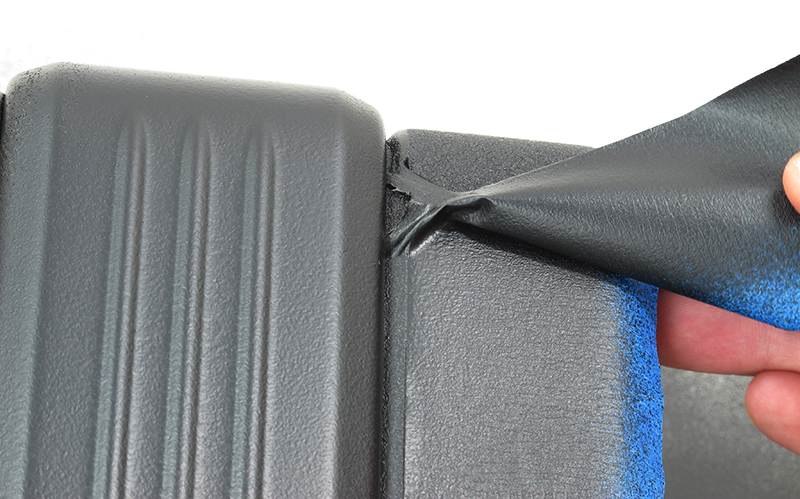
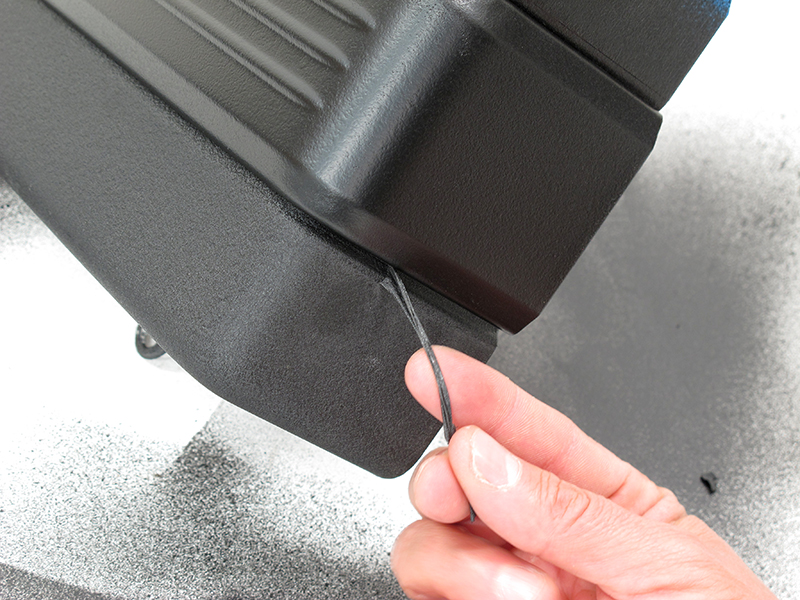
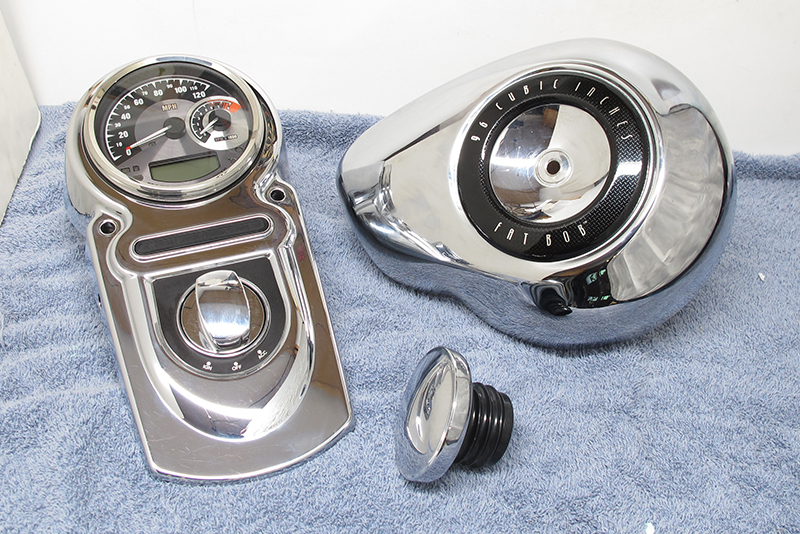
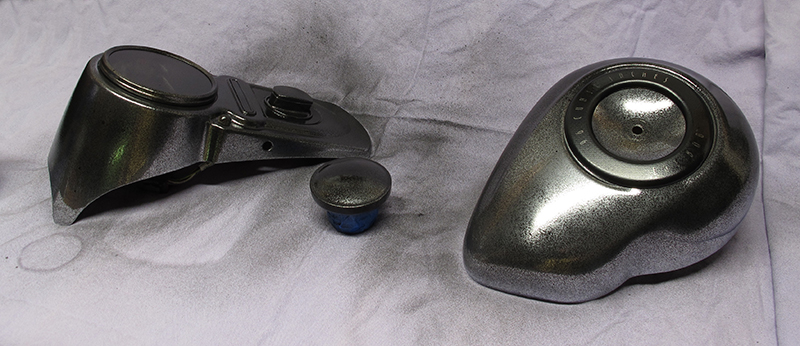
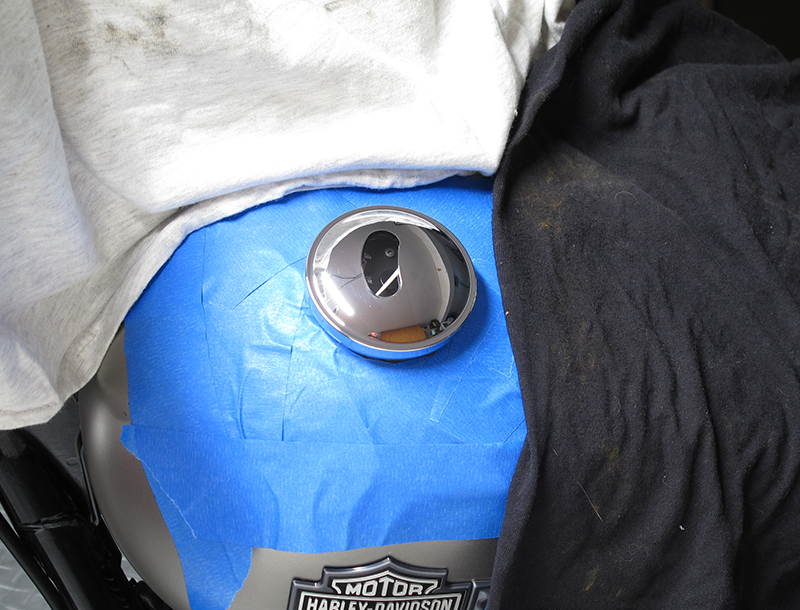
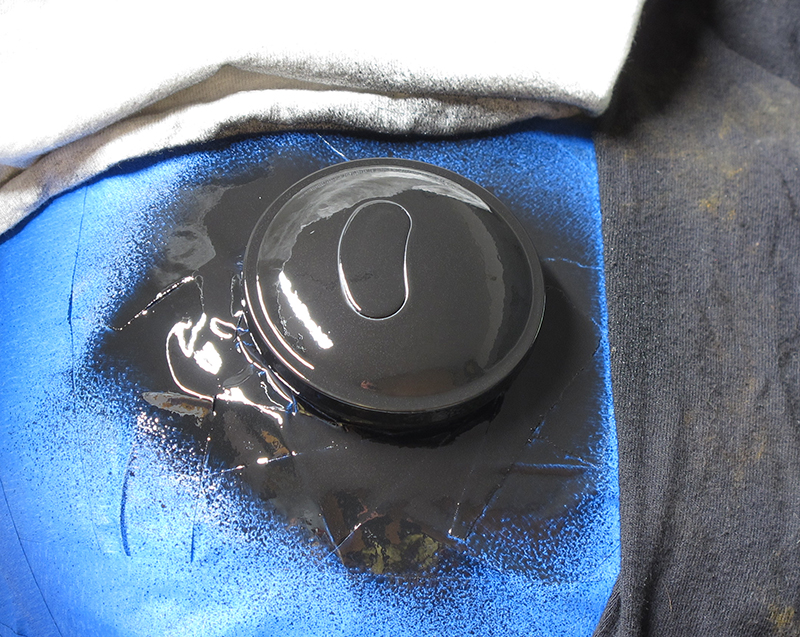
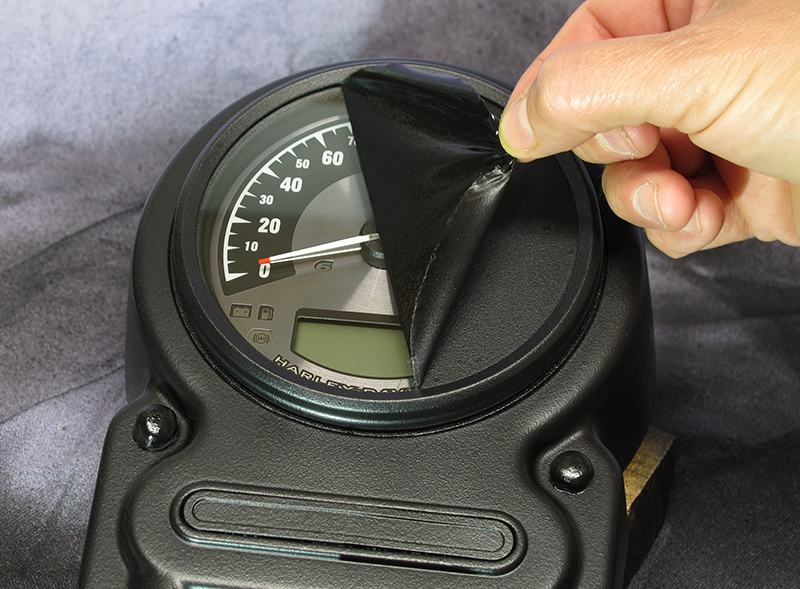
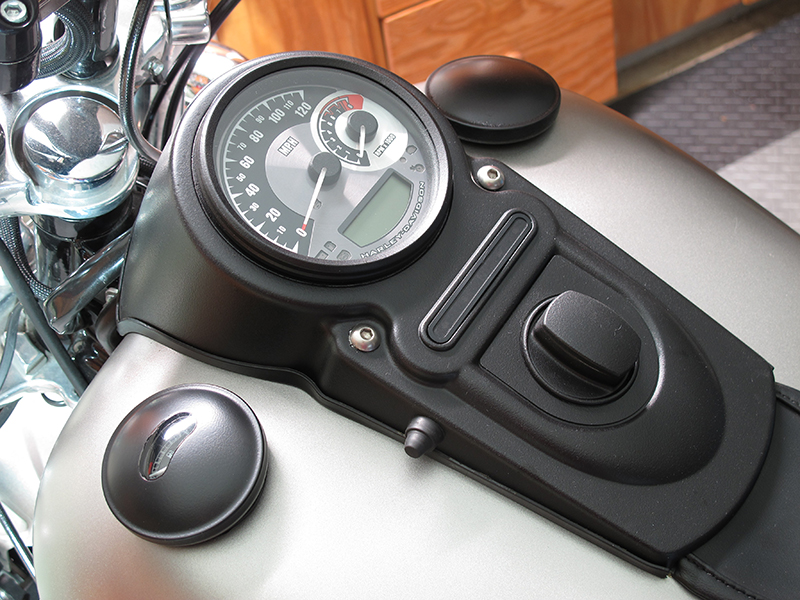
Most of the parts I Dipped on the Harley held the coating as well as I expected. The Plasti Dip faired well in rain and sun, actually protecting the surfaces underneath from the elements. While Plasti Dip acts as a decent protective covering, its not a permanent way to paint your bike by any means. The black Plasti Dip on the air cleaner cover started to wear through after just a few rides, as my knee rubs against it while riding. In hindsight, I should have added a couple extra coats to that part, knowing this would be the case.
Other parts eventually developed small areas where the chrome shines through. You have to be careful that nothing rubs or scrapes the Plasti Dipped surfaces. Once the Dip starts peeling up, theres no way to reaffix it unless you respray the entire piece.
Even still, the Plasti Dip is a fun and cheap way to see what your bike would look like in different colors and finishes. Visit PlastiDip.com for more information. And if you become a DipHead like me, please share your project photos below in the comments.
Related Articles
Pink Motorcycles
Editors Blog: My Custom Paint Job
More DIY Tech amp; How-To Articles
